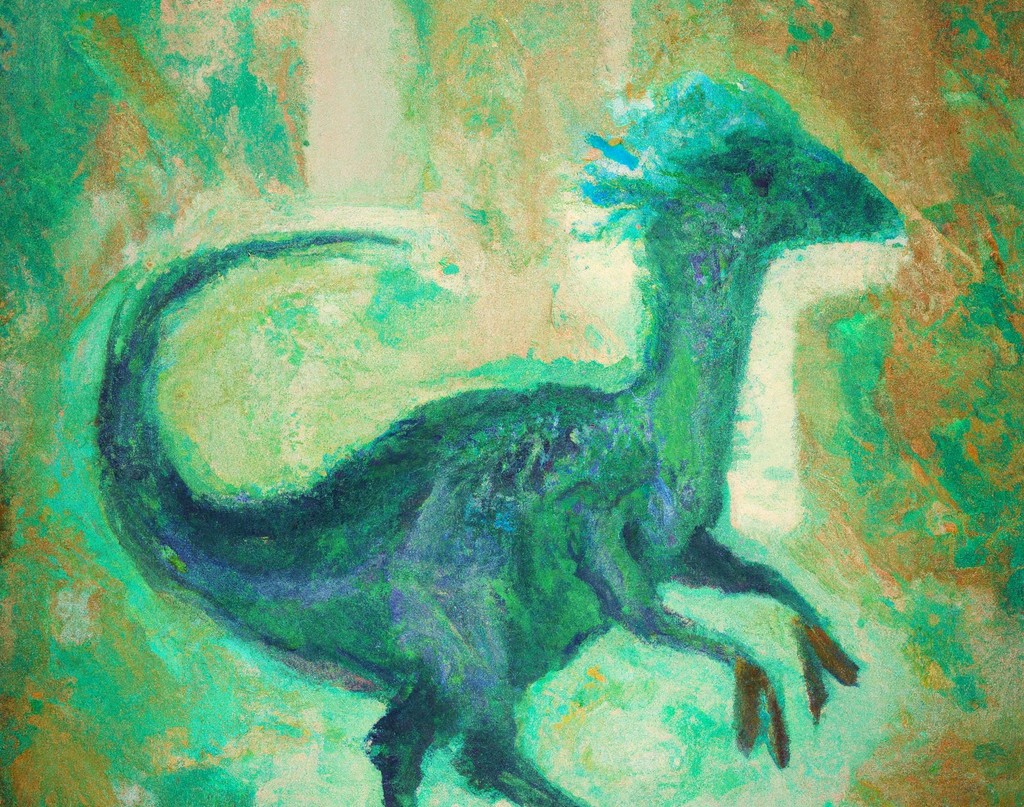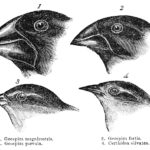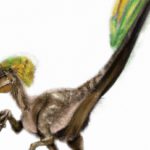Dinosaurs and birds are closely related, and many scientists believe that birds are actually the descendants of dinosaurs. This theory is supported by a number of scientific discoveries and evidence, which suggest that birds evolved from small, feathered dinosaurs during the Late Jurassic period.
One of the key pieces of evidence that supports the idea that birds evolved from dinosaurs is the presence of feathers in some dinosaur species. Fossil remains of small, feathered dinosaurs have been found in various parts of the world, and these fossils show that feathers were present in some dinosaurs as early as 150 million years ago.
Feathers are thought to have evolved in dinosaurs for a variety of reasons. One theory is that feathers may have originally been used for insulation, helping dinosaurs to stay warm in cold temperatures. Another theory is that feathers may have been used for courtship displays, similar to the way that male birds use their colorful feathers to attract females.
In addition to feathers, there are other features of birds that are similar to those found in dinosaurs. For example, both birds and dinosaurs have hollow bones, which are lighter and stronger than solid bones. This characteristic is thought to have evolved in order to allow dinosaurs and birds to be more agile and efficient at moving and flying.
Another characteristic that is shared by birds and dinosaurs is the presence of a wishbone, or furcula. This bone, which is located in the chest, is thought to have played a role in the movement of the wings in both birds and some dinosaurs.
In conclusion, there is strong evidence to suggest that birds evolved from small, feathered dinosaurs during the Late Jurassic period. The presence of feathers, hollow bones, and a wishbone in both birds and dinosaurs is just some of the evidence that supports this theory. Further research and discovery may help to shed more light on the evolutionary relationship between these two groups of animals.






